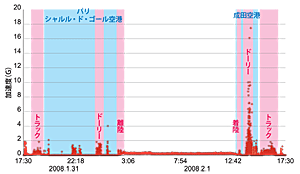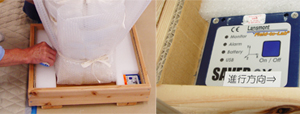Preventive Conservation
Preserving Our Cultural Properties
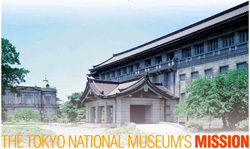
Our mission is to preserve the Tokyo National Museum collection which houses approximately 110,000 items of cultural properties. Preservation of cultural property involves balancing public access with conservation needs.
This requires a comprehensive approach which entails the precise application of preventive and remedial conservation in accordance with our long-term vision. We practice primary care as a comprehensive approach through regular clinical diagnosis, preventive measure and remedial treatment for cultural properties based on various experiences accumulated over the years and through latest research results.
Entire Flow
Ageing and Degradation → Practical Research and Examination → Preventive Conservation → Remedial Conservation → Continuing to Make Progress
Preventive Conservation
Human intervention is necessary to prevent objects from degrading. Conservators check to see if environmental conditions are appropriate and if there are signs of rapid change in the objects themselves. This is known as preventive conservation.
Preventing damage from occurring is an important part of preserving cultural properties. With the use of suitable display cases and by limiting the amount of light and display period, the Museum is able to fulfill its aim to exhibit and to ensure long-term preservation of cultural properties.
Preventing damage from occurring is an important part of preserving cultural properties. With the use of suitable display cases and by limiting the amount of light and display period, the Museum is able to fulfill its aim to exhibit and to ensure long-term preservation of cultural properties.
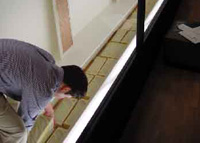
Temperature and Relative Humidity Control
Items that are sensitive to humidity changes are displayed in semi-airtight cases. Humidity inside the cases is kept constant by moisture buffering materials.
|
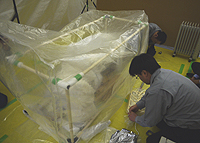
Pest Control
Carbon dioxide is used to fumigate any microorganisms on objects. Conservators periodically search the museum for insects and maintain a record of the types of insects found.
|
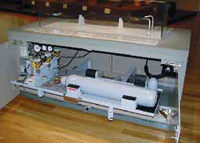
Air Quality Control
Nitrogen is injected into cases used to display swords. This prevents rust from developing on silver inlays and allows the items to be both displayed and preserved (Japanese Archaeology Gallery in the Heiseikan).
|
||||||||
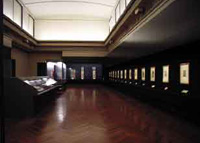 |
Adjustment of Illuminance Levels
In order to prevent objects from being damaged, 50 lux lights are used to illuminate items made using light-sensitive dyestuffs, such as ukiyo-e prints and textiles.
|
|||||||||
|
Exhibition Period Chart: Objects are displayed for varying periods of time depending on the medium.  |
||||||||||
|
||||||||||
![]()

